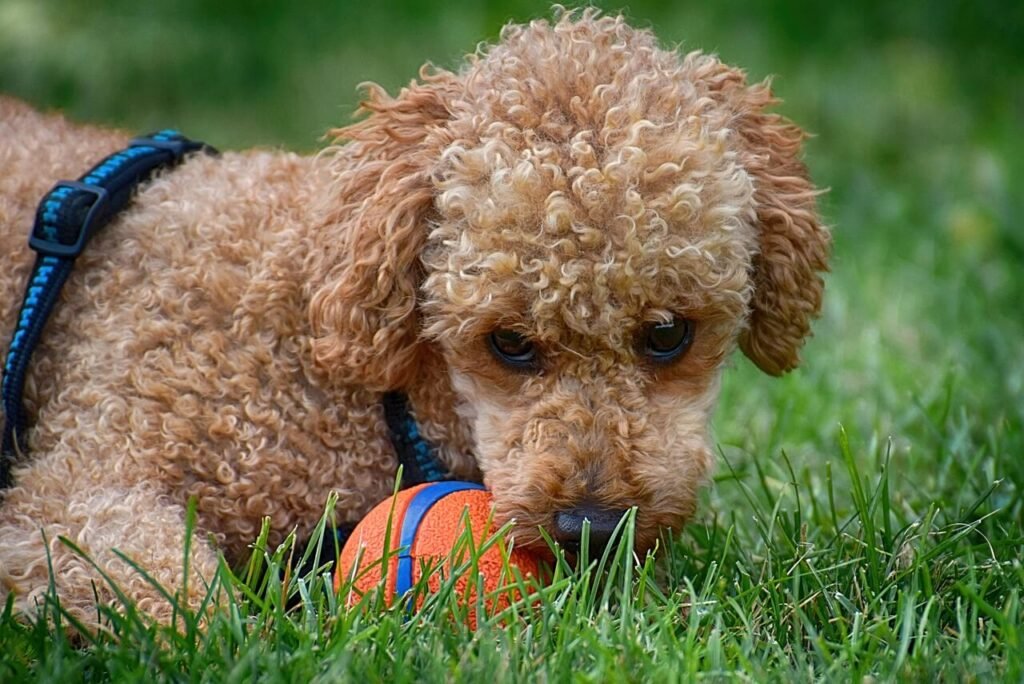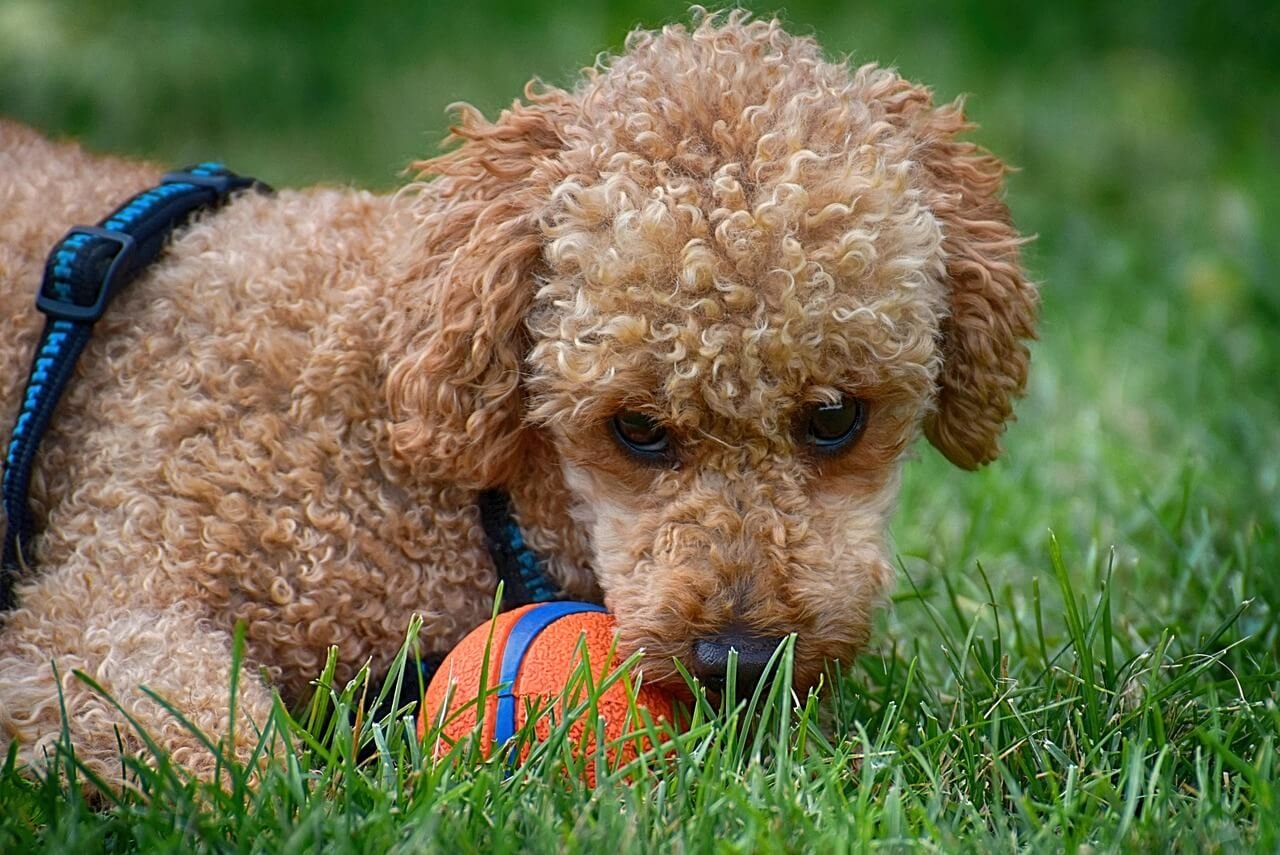Why Is My Dog Scared of Me? Understanding the Root Causes
Dogs are often referred to as “man’s best friend,” and for good reason. Their loyalty, companionship, and unconditional love make them cherished members of our families. However, what happens when your furry friend seems afraid of you? It can be heartbreaking and confusing to witness your dog cowering or avoiding you, especially if you’ve done nothing intentional to cause fear. Dogs communicate primarily through body language and behavior, and their fear may stem from a variety of factors. In this blog post, we’ll explore why your dog might feel scared of you, how to identify the signs of fear, and what steps you can take to rebuild trust and strengthen your bond.
Common Signs That Your Dog Is Scared of You
If you suspect that your dog is scared of you, it’s essential to recognize the signs early on. Fear in dogs can manifest in subtle or overt ways, and understanding these behaviors is the first step toward addressing the issue. Below are some common indicators that your dog may feel uneasy around you:
Cowering or Hiding : Your dog may try to make themselves appear smaller by lowering their body or tucking their tail between their legs. They might also retreat to a safe space like under furniture or behind objects.
Excessive Panting or Drooling : While panting is normal after exercise, excessive panting in calm situations or drooling without food present can indicate stress or anxiety.
Avoidance Behavior : If your dog consistently avoids eye contact, turns their head away, or moves to another room when you approach, they may be trying to create distance.
Trembling or Shaking : Physical signs such as trembling or shaking, especially in non-cold environments, can signal fear or discomfort.
Growling or Snapping : Defensive behaviors like growling or snapping are often a last resort for a scared dog trying to communicate their boundaries.
Understanding these signs is crucial because fear can escalate if left unaddressed. By recognizing these behaviors, you can take proactive steps to help your dog feel safer and more secure.
Possible Reasons Why Your Dog Feels Scared
Dogs don’t develop fear out of nowhere. There are usually underlying reasons that contribute to their emotional state. Identifying these causes is key to resolving the issue. Here are some potential reasons why your dog might feel scared of you:
Past Trauma or Abuse : If your dog was adopted from a shelter or had a previous owner, they might have experienced neglect, abuse, or traumatic events that continue to affect their behavior.
Lack of Socialization : Dogs that haven’t been exposed to different people, environments, or experiences during their critical socialization period (typically between 3 and 14 weeks) may struggle with fear and anxiety.
Inconsistent Discipline : Harsh punishments, yelling, or unpredictable reactions can confuse and frighten your dog, making them wary of interacting with you.
Sudden Changes in Routine : Dogs thrive on routine, and significant changes—such as moving homes, introducing new family members, or altering daily schedules—can leave them feeling insecure.
Health Issues : Pain or illness can make dogs more sensitive to touch or interaction, causing them to react fearfully even to well-meaning gestures.
By pinpointing the root cause, you can tailor your approach to address your dog’s specific needs. Remember, patience and empathy are essential when working with a scared dog.
Check this guide 👉Why Does My Dog Lick My Other Dogs Mouth? Best 7 Tips!
Check this guide 👉Why Is My Dogs Mouth Open But Not Panting? Best 7 Tips!
Check this guide 👉Why Is My Dog Peeing in the Crate? Best 7 Behavior Tips!

Signs of Fear in Dogs | Steps to Help Your Dog Feel Safe |
|---|---|
Cowering or hiding | Create a quiet, comfortable space for retreat |
Excessive panting or drooling | Avoid pressuring your dog; give them space |
Avoidance behavior | Use positive reinforcement to build trust |
Trembling or shaking | Speak softly and use calming body language |
Growling or snapping | Consult a professional trainer or behaviorist |
How to Rebuild Trust with Your Dog
Rebuilding trust takes time and effort, but it’s entirely possible with consistent, positive interactions. Here are some strategies to help your dog feel more comfortable around you:
Use Positive Reinforcement : Reward your dog with treats, praise, or toys whenever they display calm or confident behavior. This helps them associate you with positive experiences.
Respect Their Boundaries : Allow your dog to set the pace of interaction. Don’t force them into situations that make them uncomfortable.
Practice Calm Body Language : Avoid sudden movements or loud noises. Approach your dog slowly and maintain a relaxed posture.
Engage in Playtime : Interactive games like fetch or tug-of-war can strengthen your bond while providing mental and physical stimulation.
Establish a Routine : Consistency in feeding, walking, and playtimes can provide a sense of security for your dog.
Building trust requires patience and understanding. Celebrate small victories along the way, and remember that progress may take time.
Tips for Preventing Future Fear-Based Behavior
Prevention is always better than cure. By fostering a supportive environment, you can minimize the chances of your dog developing fear-based behaviors in the future. Consider the following tips:
Early Socialization : Introduce your puppy to various people, animals, and environments during their critical socialization period to build confidence.
Positive Training Methods : Avoid punishment-based training techniques. Instead, focus on rewarding desired behaviors to encourage learning.
Provide Mental Stimulation : Puzzle toys, obedience training, and scent work can keep your dog mentally engaged and reduce anxiety.
Monitor Health Regularly : Schedule routine vet check-ups to ensure your dog isn’t experiencing pain or discomfort that could lead to fear.
Be Mindful of Stressors : Identify and minimize exposure to triggers that cause fear, such as loud noises or unfamiliar guests.
By implementing these practices, you can create a nurturing environment where your dog feels safe and secure.
Understanding Canine Body Language
Dogs communicate their emotions primarily through body language. By learning to read these signals, you can better understand when your dog is feeling scared or uncomfortable. Here are some key body language cues to look out for:
Ears Back : When a dog’s ears are flattened against their head, it often indicates fear or submission.
Tail Position : A tucked tail means your dog is trying to appear smaller and is likely feeling anxious or scared.
Whale Eye : If you notice the whites of your dog’s eyes (a “whale eye”), it could mean they’re feeling threatened or uneasy.
Lip Licking or Yawning : These behaviors can signal stress or discomfort, even if no food or fatigue is present.
Stiff Posture : A rigid body with tense muscles suggests that your dog is on high alert and possibly afraid.
Understanding these subtle cues allows you to respond appropriately and create a calming environment for your dog. Observing their body language is the first step toward addressing their fears effectively.
Building Confidence Through Training
Training plays a vital role in helping your dog overcome fear by boosting their confidence and teaching them how to navigate challenging situations. Here are some training techniques that can help:
Clicker Training : This positive reinforcement method uses a clicker to mark desired behaviors, encouraging your dog to repeat them.
Desensitization : Gradually expose your dog to their fear triggers at a low intensity, increasing exposure over time as they become more comfortable.
Counterconditioning : Pair scary stimuli with something positive, like treats or toys, to change your dog’s emotional response.
Short, Fun Sessions : Keep training sessions brief and enjoyable to avoid overwhelming your dog while reinforcing trust.
Cue Words for Calmness : Teach commands like “settle” or “relax” to help your dog associate these words with calm behavior.
Consistent training not only strengthens your bond but also empowers your dog to face their fears with confidence. With patience and practice, you’ll see noticeable improvements in their demeanor.
Creating a Fear-Free Environment
A safe and supportive environment is essential for helping your dog feel secure. Small changes around your home can make a big difference in reducing their anxiety. Consider these tips for creating a fear-free space:
Designated Safe Zone : Provide a quiet area where your dog can retreat when they feel overwhelmed, such as a crate or cozy corner.
Minimize Loud Noises : Use white noise machines or close windows to block out sudden sounds like thunder or fireworks.
Comfort Items : Offer familiar blankets, toys, or clothing with your scent to provide comfort during stressful moments.
Controlled Greetings : Ask visitors to ignore your dog initially, allowing them to approach at their own pace.
Calming Scents : Use dog-safe essential oils or pheromone diffusers to promote relaxation in your home.
By making thoughtful adjustments to your dog’s surroundings, you can help them feel more at ease. A peaceful environment lays the foundation for healing and trust-building.
Frequently Asked Questions About Dogs Being Scared
Why does my dog act scared even though I’m gentle?
Your dog’s fear may stem from past experiences, lack of socialization, or health issues. It’s important to observe their behavior closely and consult a professional if needed.
How long does it take to rebuild trust with a scared dog?
The timeline varies depending on the dog’s history and personality. Some dogs show improvement within weeks, while others may take months.
Should I punish my dog for growling or snapping?
No, punishing defensive behaviors can worsen fear and aggression. Instead, focus on identifying the cause and addressing it calmly.
Can medication help a scared dog?
In severe cases, a veterinarian may recommend anti-anxiety medications. However, these should always be used alongside behavioral therapy.
What role does exercise play in reducing fear?
Regular exercise helps release pent-up energy and reduces stress, promoting a calmer demeanor in fearful dogs.
Creating a Safe Haven for Your Furry Friend
Helping a scared dog overcome their fear is a journey that requires compassion, consistency, and patience. Remember, your dog looks to you for guidance and reassurance. By understanding the reasons behind their fear, recognizing the signs, and taking proactive steps to build trust, you can transform your relationship into one filled with love and mutual respect. Every dog deserves to feel safe and cherished, and with dedication, you can provide just that. Embrace the process, celebrate small wins, and cherish the unique bond you share with your four-legged companion. Together, you’ll navigate this challenge and emerge stronger than ever.
Understanding Cryptosporidium in Cats: Best 7 Expert Tips! – Spot symptoms, treat safely, and stop parasite spread in your home.
Understanding Cryptosporidium in Dogs: Best 7 Expert Tips! – Learn symptoms, treatment & prevention for this stubborn gut parasite.
Understanding Syringomyelia in Cats: Best 7 Expert Tips! – Recognize signs, manage pain, and support your cat’s neurological health with vet-backed guidance.
Understanding Syringomyelia in Dogs: Best 7 Expert Tips! – Expert insights on symptoms, MRI diagnosis, pain management & quality of life.





